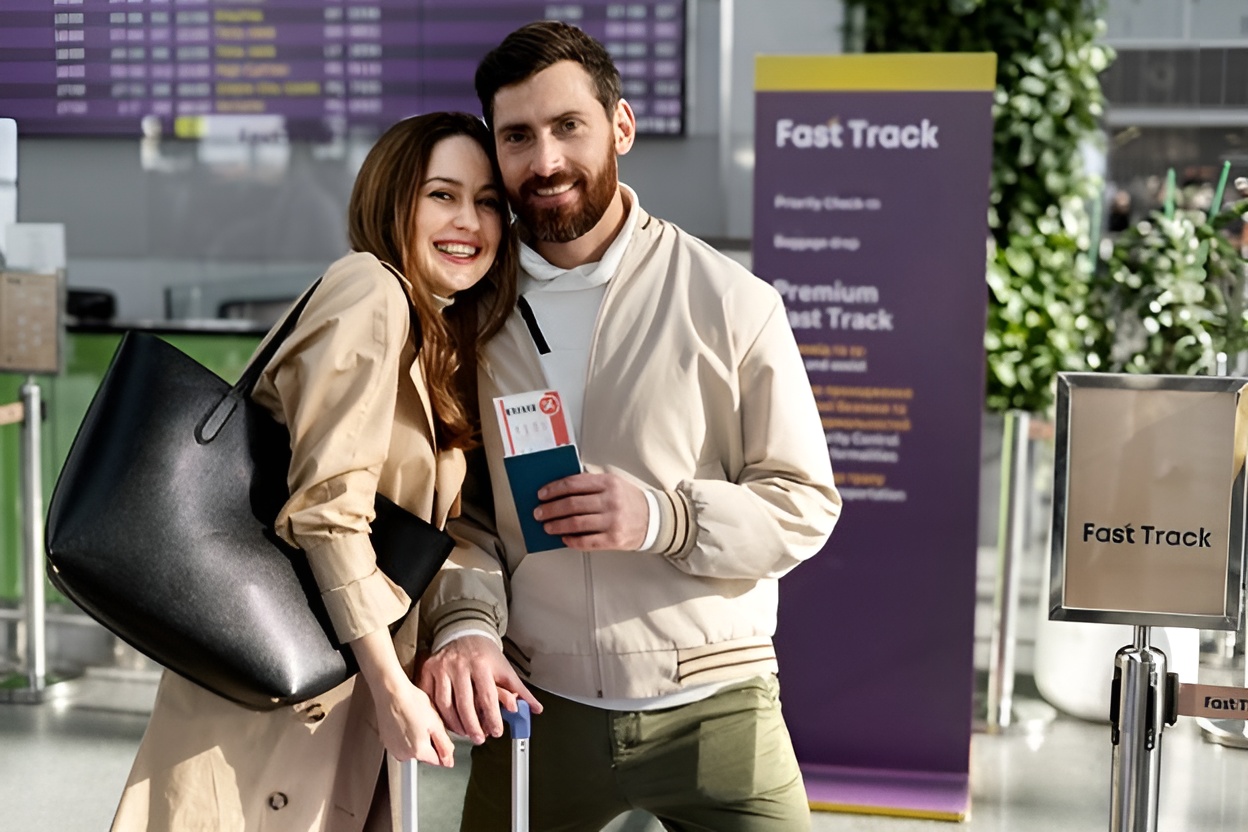


Australian Partner Visa Processing Times: What to Expect in 2025

Introduction
When considering a partner visa application, you might question ‘how long will this partner visa processing time take?’ In 2025, the estimated timeframe varies significantly, depending on the type of visa selected and the strength of your application.
In this article, we have detailed the official processing times for the different partner visa subclasses, common causes for processing delays, and practical suggestions to maximise your chances for a successful application.
1. A quick overview of partner visa processing times
The table below provides an overview of the main partner visa categories available in 2025, including the estimated processing times from submitting your application to a final decision.*
| Visa Subclass | Where You Apply | What It Is | Estimated Time |
| 309 | Outside Australia | Temporary Partner Visa | 9–13 months |
| 100 | Follows the 309 | Permanent Partner Visa | 13–32 months |
| 820 | Inside Australia | Temporary Partner Visa | 12–26 months |
| 801 | Follows the 820 | Permanent Partner Visa | 11–30 months |
| 300 | Outside Australia | Temporary Prospective Marriage Visa | 12–26 months |
*Please note these figures represent average partner visa Australia processing time. Each application is different and subject to the Department of Home Affairs approval.
2. Two-Stage Processing Explained
In Australia, partner visas applications are a two-stage process.
Stage 1: Temporary Visa
- Offshore applicants apply for Subclass 309.
The Subclass 309 visa allows the partner of an Australian citizen, Australian permanent resident, or eligible New Zealand citizen, who is living outside of Australia, to live in Australia temporarily.
- Onshore applicants apply for Subclass 820.
This visa allows the partner of an Australian citizen, Australian permanent resident, or eligible New Zealand citizen, who is living inside of Australia, to continue living in Australia temporarily.
Also Read: How to Create Immiaccount
Stage 2: Permanent Visa
Two years after the approval of your temporary partner visa, you may be eligible to apply for the permanent stage, either the Subclass 100 (offshore pathway) or the Subclass 801 (onshore pathway).
The Department of Home Affairs will assess evidence to ensure the relationship is genuine and ongoing.
3. What makes timelines vary?
Your partner visa processing time depends on three major factors:
-
How complete is your application?
- Missing documents such as police checks, medical examination inconsistencies, or improperly structured paperwork leads to delays in the process.
- If the Department of Home Affairs request more information from you, they will put a temporary pause on your case until the matter has been resolved.
-
How strong is your relationship evidence?
- Proof of your relationship and commitment to one another such as communication, receipts for purchases or shared bills, mail to the same address, photographs together.
- All information must be consistent. If any documentation contradicts another, or has gaps, the Department may require additional time to review and clarify your circumstances.
-
Do you have complex circumstances?
- Previous visa refusals, extended time in other countries, poor health, or legal matters involving your character may trigger scrutiny from the Department.
- The Department may conduct extra checks through the police or health departments which may delay the process of your application.
Ultimately, your Australia partner visa processing time hinges on how thorough and accurate your application is.
4. Offshore vs Onshore Processing
Is onshore faster than offshore? Not always. While it may seem that applying from within Australia would speed up the process of your application, that is not always the case.
In 2025, many well-prepared offshore applications are being finalised within 9-13 months, whereas onshore applications can take up to 26 months for the first stage. This is largely due to higher application volumes and added complexities with onshore applications.
In any case, it is essential to choose the visa pathway that best aligns with your individual circumstances.
5. Helpful tips to reduce processing delays
Here’s how to keep your application moving smoothly:
- Apply online via ImmiAccount. The Department is moving away from paper-based applications, so online submission is the fastest and most reliable method. To reduce partner visa Australia processing time, submit online through ImmiAccount.
- Prepare strong relationship evidence. Include clear evidence like photos, messages, shared commitments, travel history and Form 888s from friends or family.
- Organise your supporting documents. Clearly name your files and group them by category such as financial, household, social etc.
- Actively monitor your account. After you lodge your application, check ImmiAccount once a week to spot any requests or status updates. Respond promptly – ideally within days.
- Keep relationship records up to date. Keep a record of any new evidence which may come up in your relationship as your application processes. You can continue to add new documentation to support your application during processing time.
Seek professional assistance. A registered migration agent or immigration lawyer can help identify any issues which may delay or complicate your application.
6. Addressing the subclass 300 route
The Prospective Marriage (subclass 300) visa allows an applicant to enter Australia and marry their prospective partner and subsequently apply for a partner visa onshore.
- The subclass 300 visa typically takes 12-26 months to process.
- You must enter Australia and marry your partner within 9 months of the visa approval.
- After marriage, you may be eligible to apply for the 820/801 partner visa from inside Australia.
7. Commonly Asked Questions
Can I start working while I wait for my subclass 820 decision?
In most cases you can continue to work while your application is being processed.
Once you lodge your onshore partner visa application, you are typically granted a Bridging Visa A (BVA). This visa allows you to remain in Australia and work while your application is being assessed by the Department of Home Affairs.
Is there a way to pay for faster processing?
No. Australia does not offer a paid priority processing for partner visa applications.
The best way to avoid delays is by submitting a complete, accurate, and well organised application.
What if we break up during processing?
You must inform the Department of Home Affairs if there have been any changes to your circumstances. This includes if your relationship breaks down during the processing of your application.
If your relationship with your sponsor ends before your visa is granted, your application may be refused.
Exemptions may apply in cases involving children or domestic violence. If you’re in this situation, it is important to act quickly and consult a professional for legal advice.
Also Read: 417 visa restrictions
8. In Summary
Partner Visa Processing Time and Tips
- 309 → 100 (offshore): 9–13 months + 13–32 months
- 820 → 801 (onshore): 12–26 months + 11–30 months
- 300 → 820 (engaged): 12–26 months + onshore partner visa timeline
Key Advice:
- Lodge complete and accurate applications
- Keep records of your ongoing relationship evidence
- Respond promptly to any requests from the Department
- Consider seeking legal guidance from professionals
9. Need help with your application?
Navigating the partner visa process can be overwhelming and complex. At Ethos Migration Lawyers, we bring extensive experience to assist you through this journey. If you are feeling uncertain, we’re here to guide you.
Please contact us on 1300 083 843, via email at info@ethosmigration.com.au or by making an online enquiry for partner visa processing time Australia/spouse visa Australia processing time.
Please note: This information is general in nature and does not constitute legal advice.













